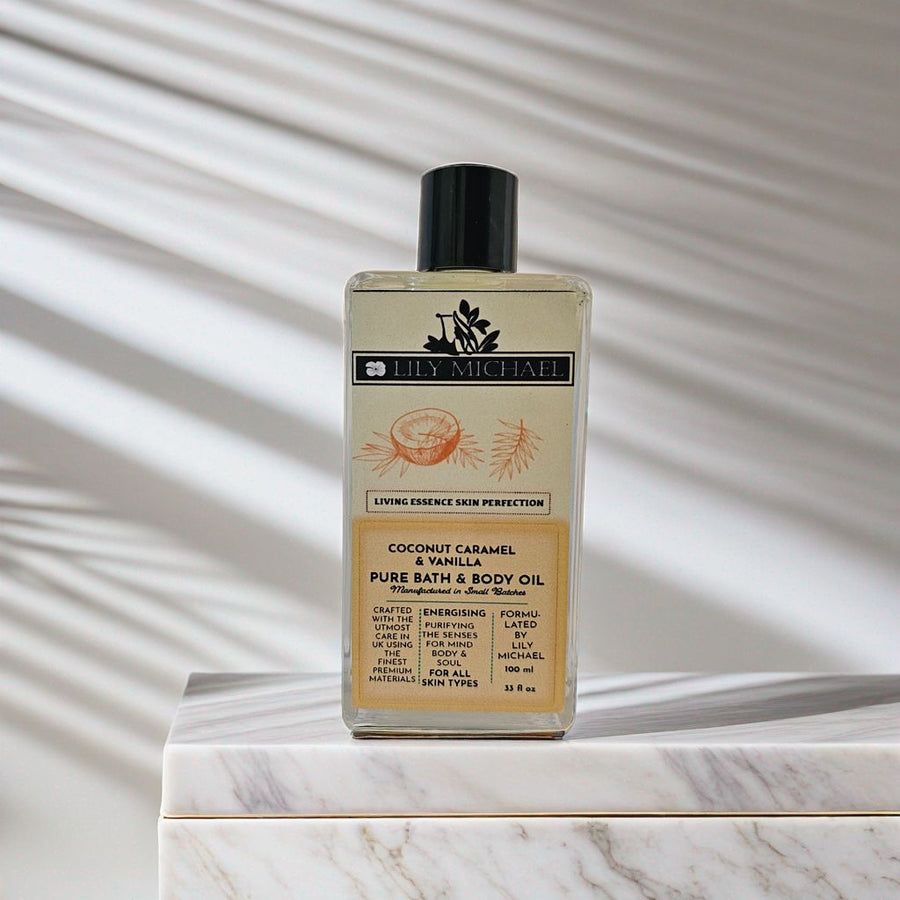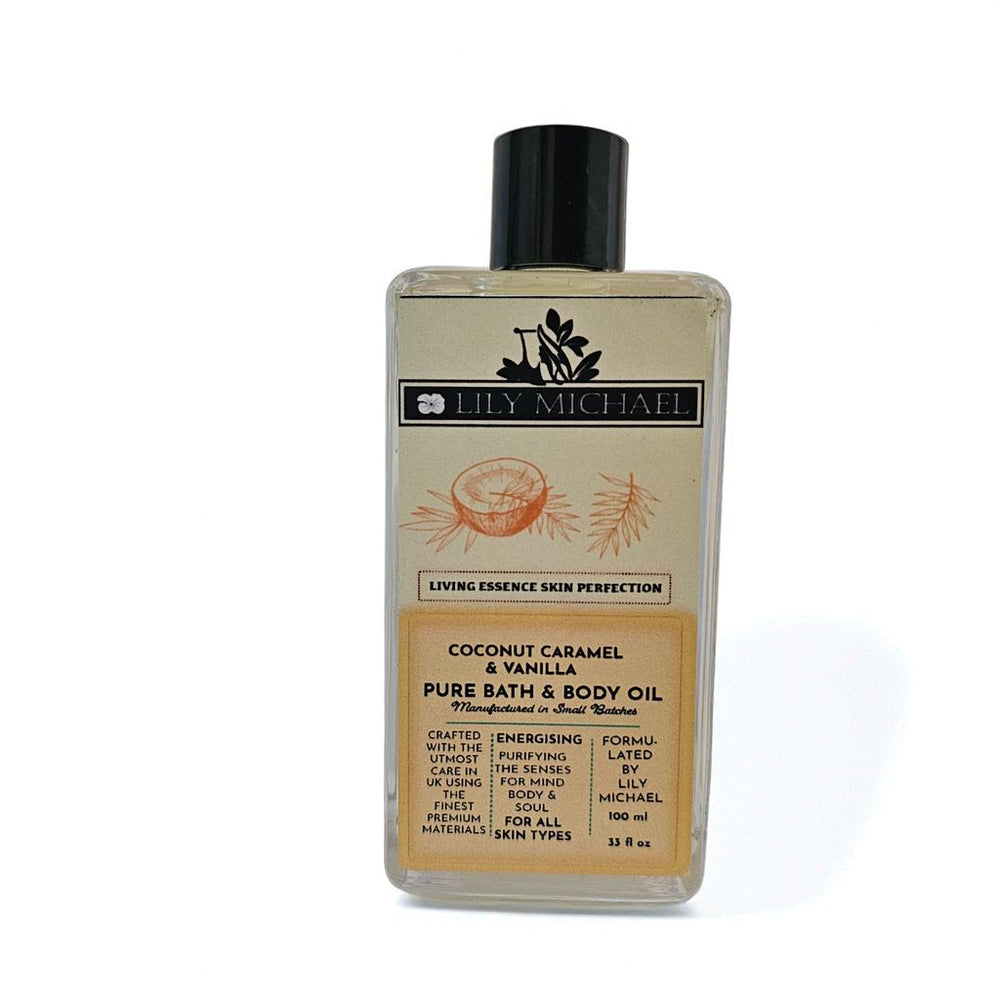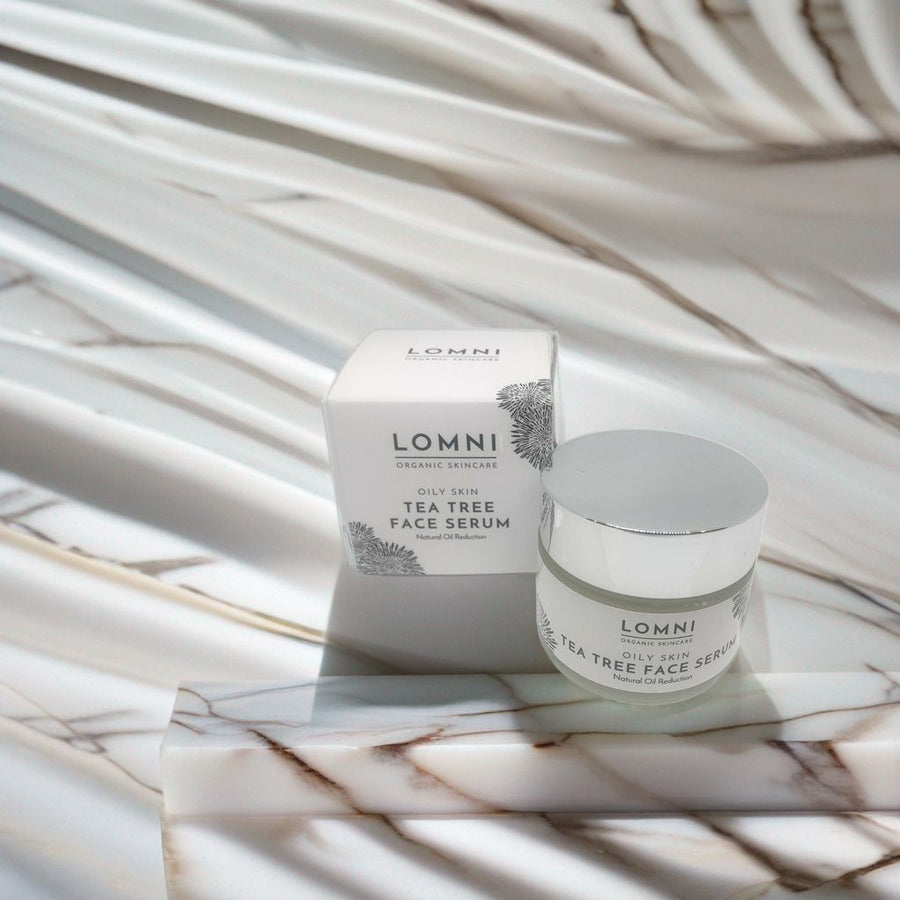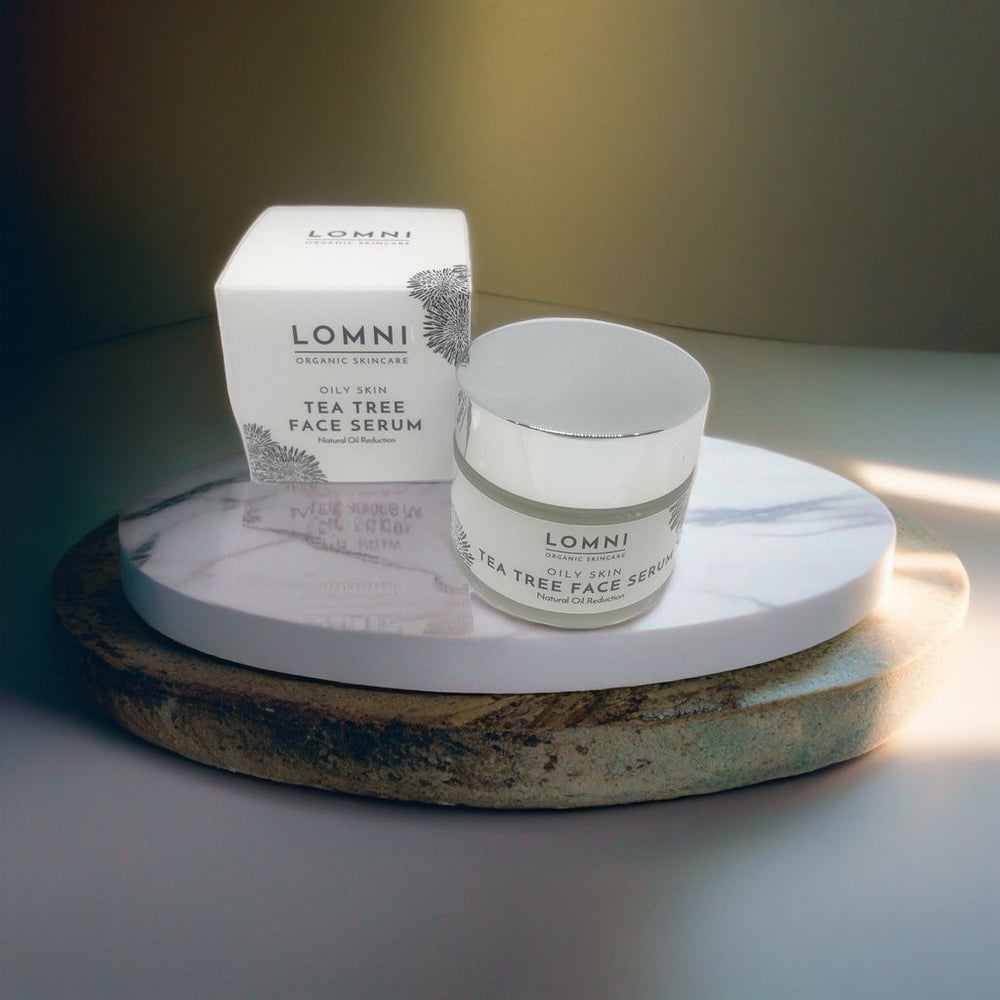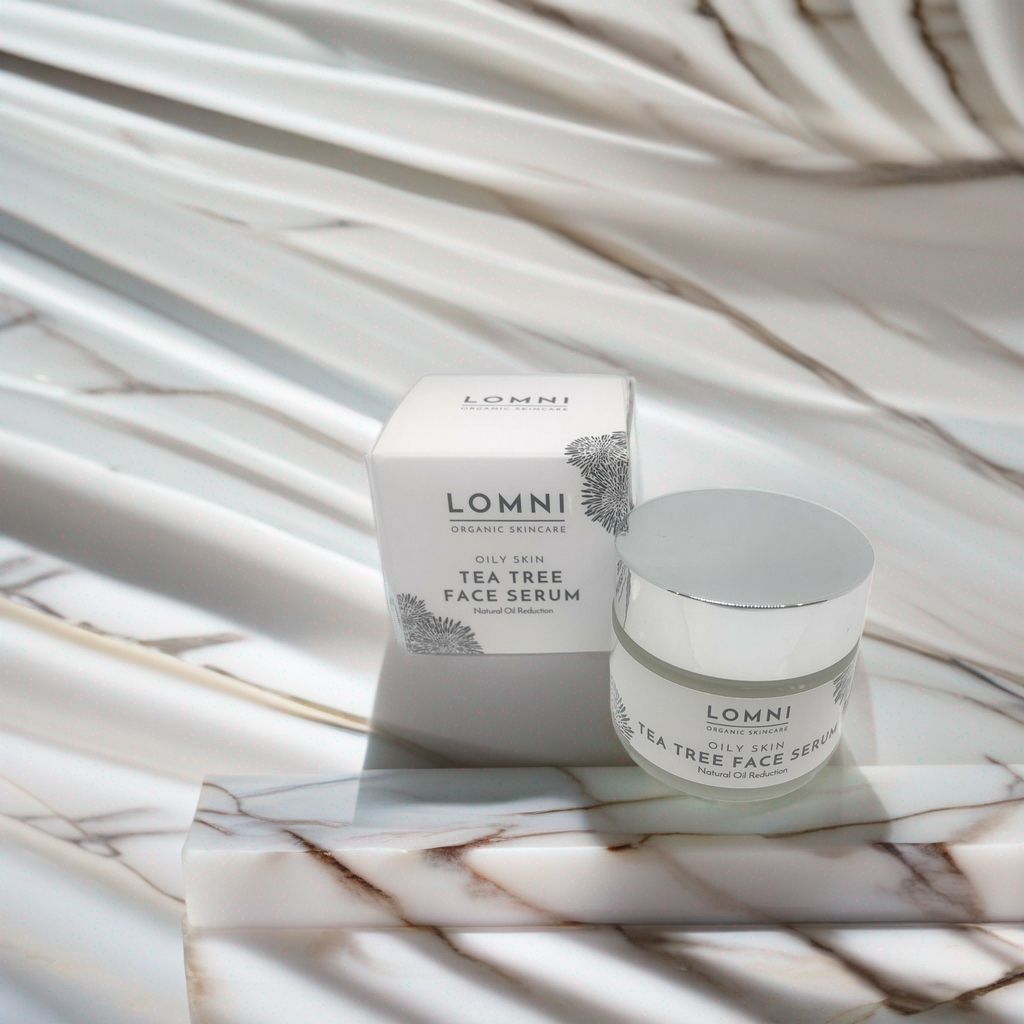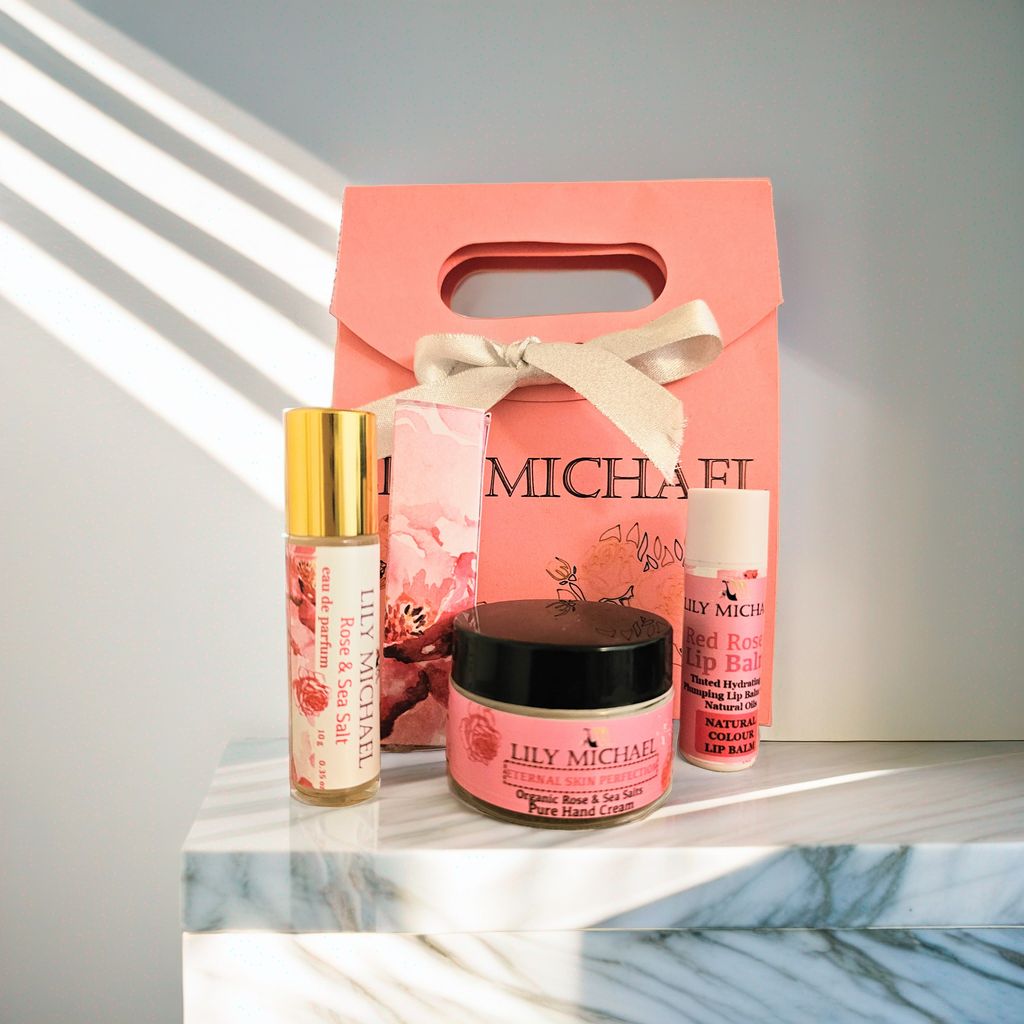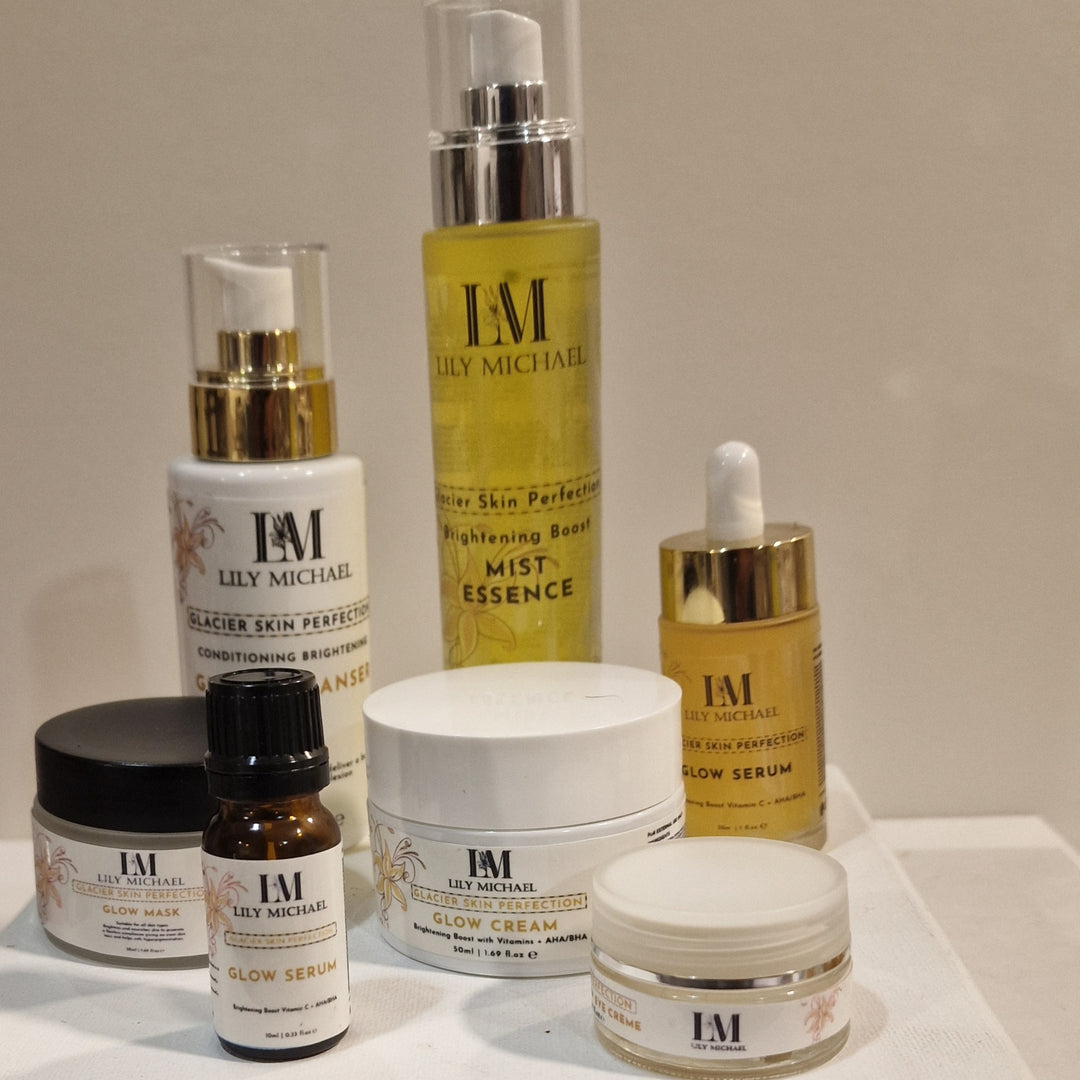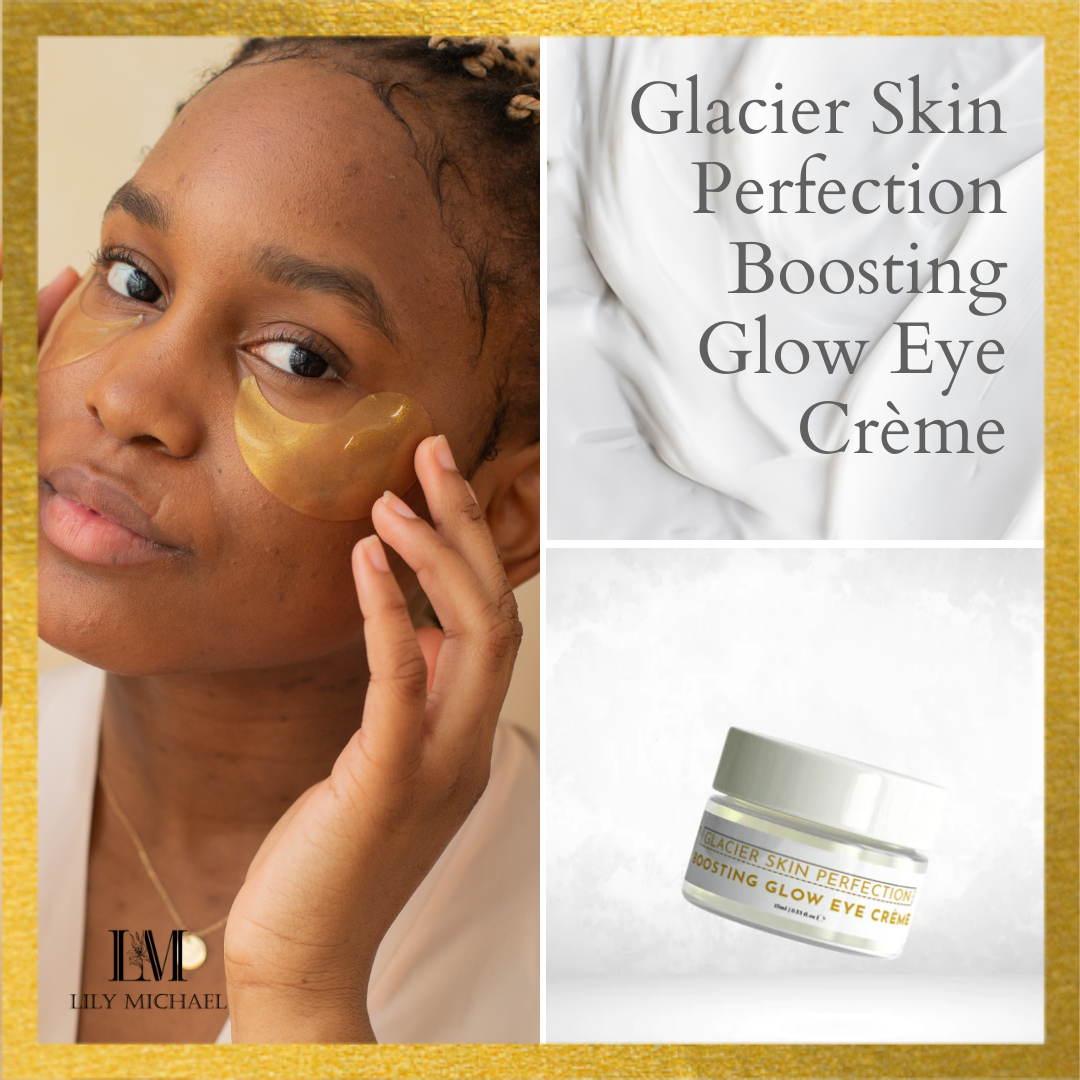How to Pick the Best Moisturiser for Your Skin - Lily Michael
How to Pick the Best Moisturiser for Your Skin
You might assume that all moisturisers are the same; after all, it is simply a cream you apply to your face, right? Certainly not! There are plenty of moisturising lotions, each with its unique texture, scent, and skin benefits. To that end, how can you pick the right one for you? If you are looking for one, just use these tips below.
Know your Skin Type
What kind of skin do you have—dry, oily, normal, or a combination of the three? Do you have sensitive skin or a history of acne? Various moisturisers exist, each specially created to address a specific skin concern, so it is important to ask yourself these questions and know your skin type before purchasing a moisturiser.
Consider Texture
Your skin type should also determine your choice of moisturiser texture. The best moisturiser for normal skin is light and non-greasy, while dry skin may benefit from a creamier formula that is more likely to "seal in" moisture. Pay attention to how the product feels in the container and after being applied to your face.
Avoid Strong Scents
When you put on moisturiser, you will have it right next to your nose. Aside from the discomfort of smelling scented moisturiser, strong scents can also irritate your skin. That is why it is a good idea to visit a store where you can try out different moisturiser formulations or at least open the lids and take a scent. Avoid using fragrance-infused or scented moisturisers if your skin is prone to breakouts or is very sensitive.
Consider SPF Content
Do you use sunscreen daily? In all likelihood, you already know that this is a crucial part of any effective skincare regimen. You should wear sunscreen daily to protect your skin from the sun's harmful ultraviolet rays. Here is where your daily moisturiser comes in: select a product with an SPF of 15 or higher and use it regularly.
Understand Labels
Although the label on a skin care product could look very complex at first glance, it contains a wealth of useful information. To avoid allergic reactions, seek out moisturisers with "allergy tested" and "non-comedogenic" labels to avoid allergic reactions and clogged pores. These labels represent a safe bet for most consumers when shopping for a moisturiser.
Choosing the best moisturiser for your needs might be difficult. Consumers often get there by trial and error, which has varying degrees of success depending on the person. Using these five simple guidelines, you can quickly narrow your search for the ideal moisturiser.
Different types of moisturisers
After knowing the essential aspects of choosing the ideal moisturiser for your skin, you must know the types of moisturiser to make an informed choice. Here are the different types of moisturisers and their benefits on the skin.
Occlusives
When applied to the skin, occlusives create a barrier that stops moisture from evaporating. Because they do not need to be applied as frequently as other moisturisers, they are ideal for people with dry or sensitive skin. Further, they aid in controlling shine and preventing breakouts.
Humectants
Humectant moisturisers work by bringing moisture to the surface of the skin from below. Attracting moisture from places like your blood arteries and lymph nodes help your skin retain more natural moisture. Glycerin, included in many personal care products such as lotions, creams, and soaps, is the most widely used humectant.
Emollients
Emollient moisturisers smooth the skin's outermost layer and stimulate collagen production. They prevent skin cracking and serve as a shield from UV rays.
Combination
The components of this type of moisturiser come from more than one of the mentioned classifications. An occlusive agent like shea butter and a humectant like glycerin can be found in a single cream.
Lily Micheal’s Glacier Skin Perfection Glow Cream contains shea butter and a harmonious blend of Pearl, Wild Rose & Rose Hips, and Avocado Oil with Glycerine.
Combination moisturisers are usually for combination skin types. It targets to address more than one skin issue.
Key Takeaways
The greatest approach to maintaining smooth, healthy skin is with regular use of a moisturising cream. Daily moisturising is a must, but if you want to see a noticeable change in your skin's tone or texture, you should apply moisturiser twice daily.
Knowing your skin type is essential while searching for a suitable moisturiser. Because everyone has distinct skin care requirements, it is best to know your skin needs before purchasing.
Check out Lily Micheal, as we are one of the few businesses in the UK to offer a moisturiser suitable for all skin types, created from 100% natural ingredients and without using synthetic chemicals like parabens or sulphates, all produced in our state-of-the-art facility.




